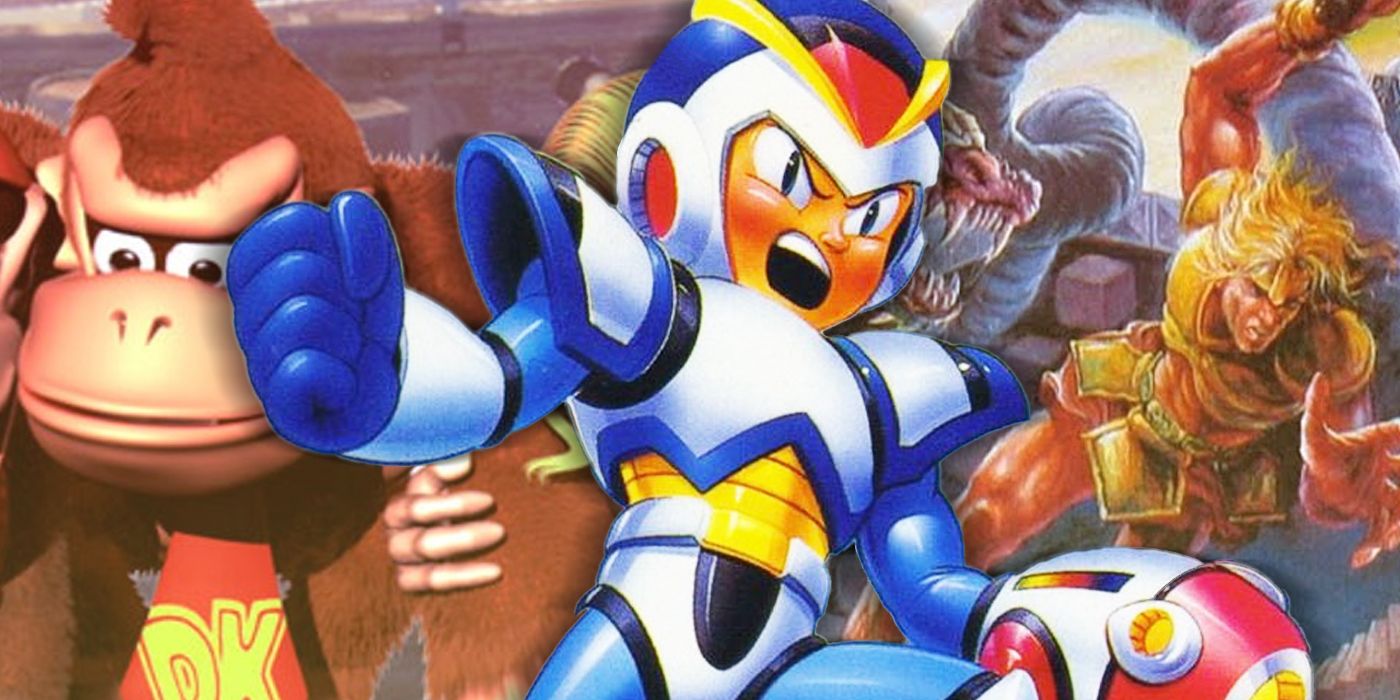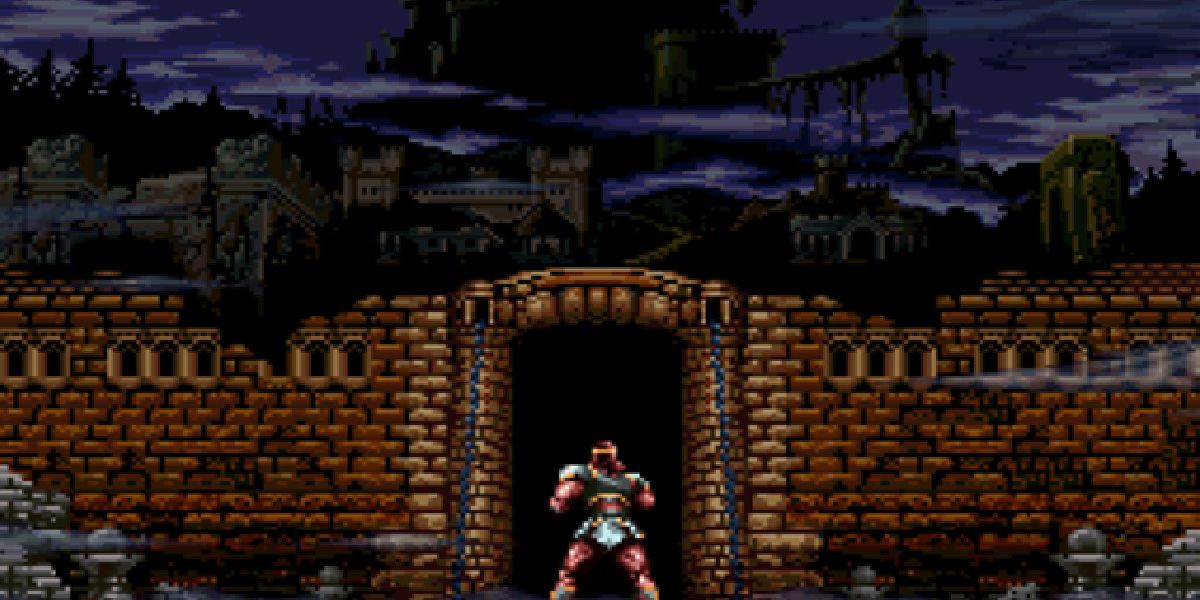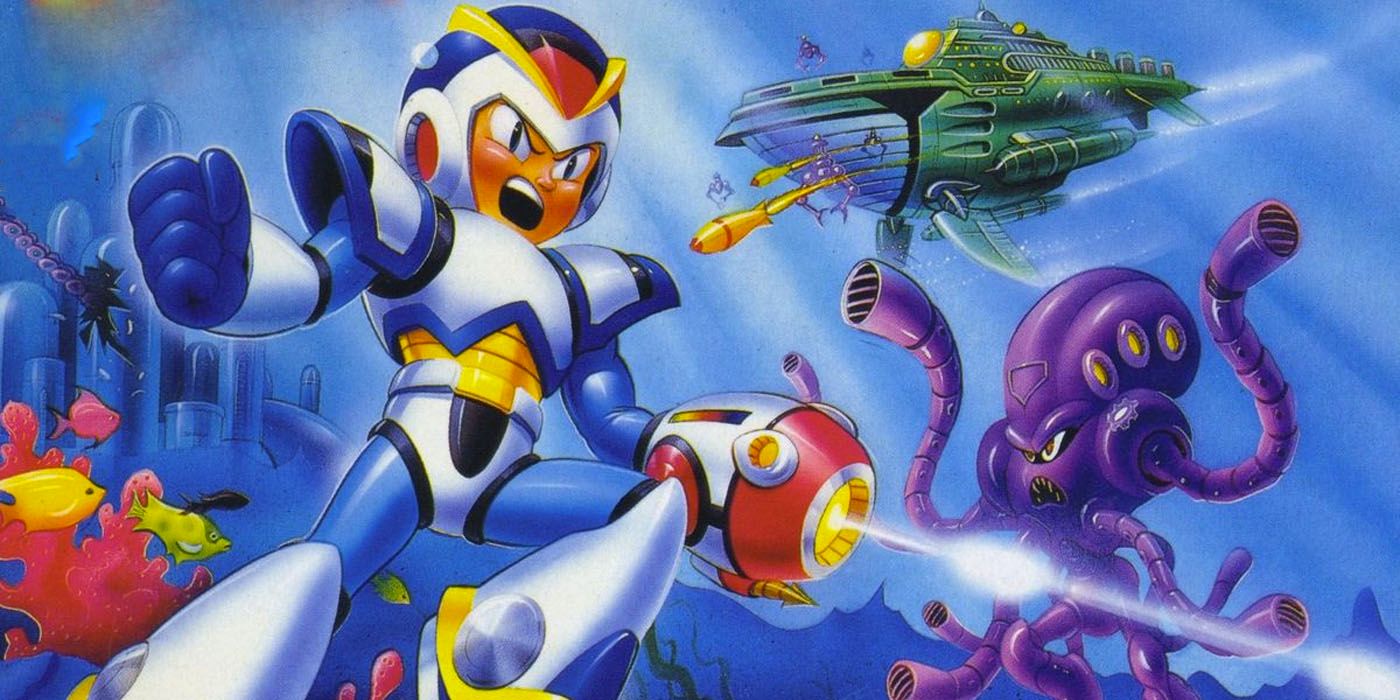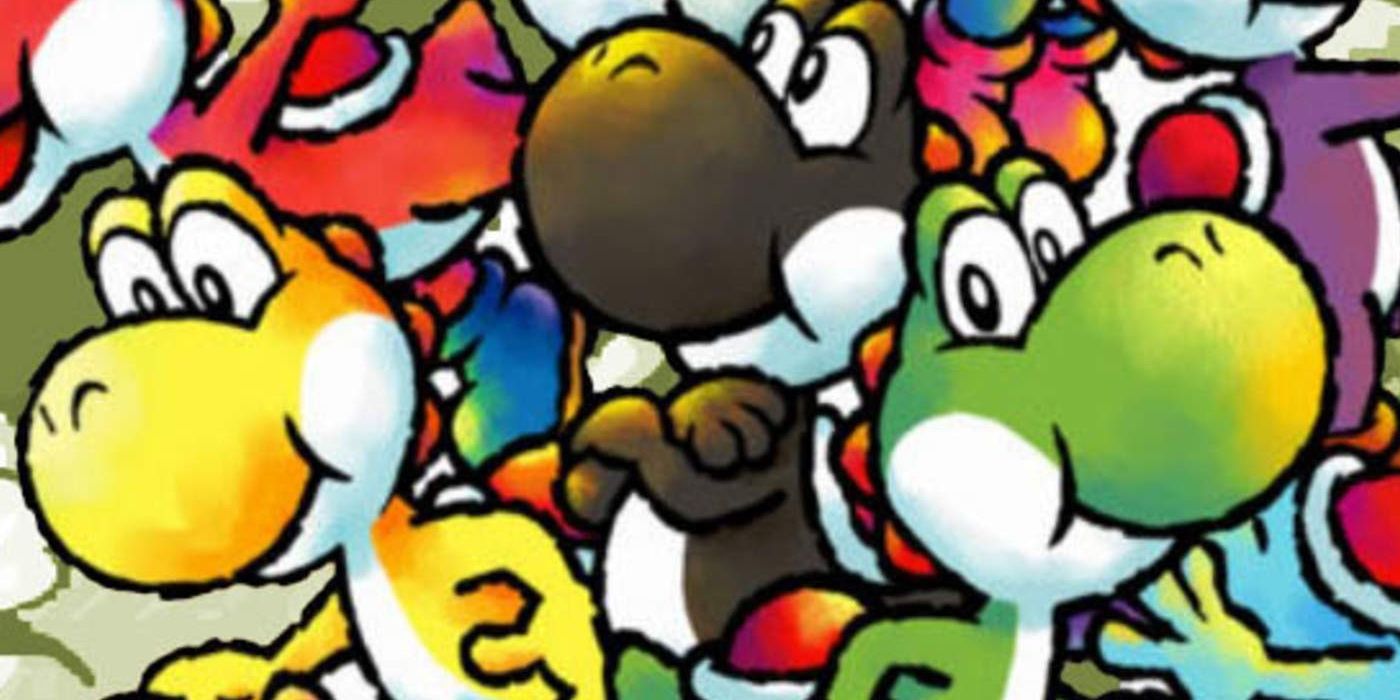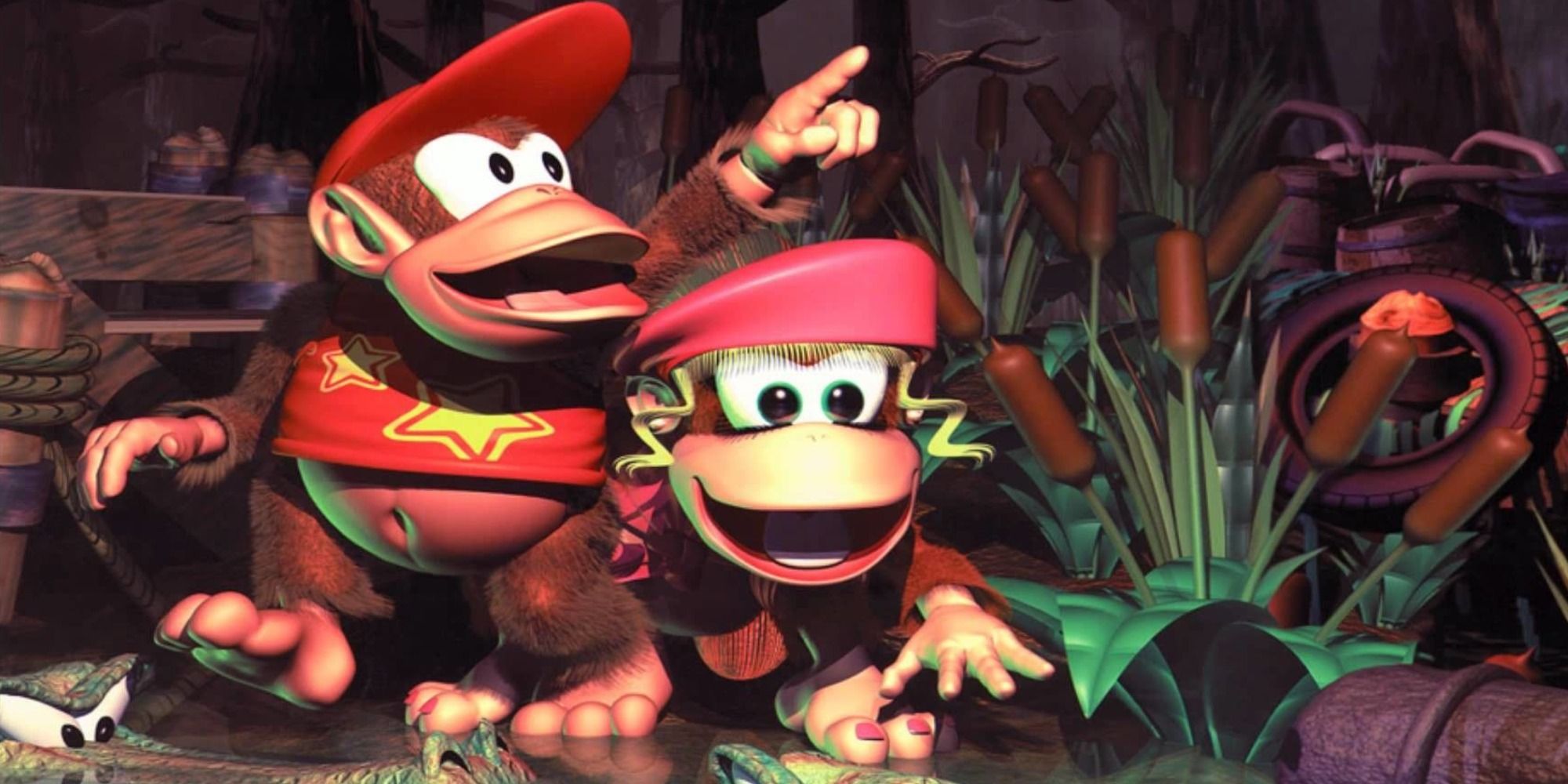While platforming games may have helped define the NES, the fast-paced genre was elevated to 16-bit heights when Nintendo launched the SNES in 1990. The advanced video game hardware allowed for more complex level design and greater gameplay variance while significantly boosting the graphic capability and sound design available to game developers at the time.
With one of the most robust game libraries of all-time, the SNES had no shortage of acclaimed platformers that continue to stand the test of time, decades after the Super Nintendo's original life cycle. Here are the five best platforming games that all players should experience for the first time or revisit, with many available in retro game collections or Nintendo Switch Online for those not looking to go all the way old school.
Super Castlevania IV
Less than a year after the SNES' launch, Konami showed gamers just how advanced the new Nintendo console was in comparison to its predecessor with 1991's Super Castlevania IV. A loose retelling of the original 1986 game, Super Castlevania IV has monster hunter Simon Belmont venture into Dracula's castle to defeat the vampire warlord when he resurfaces in the 17th century.
With its Mode 7 graphics and improved sound design, Konami was able to heighten the Gothic atmosphere and significantly enhance Simon's gameplay, making Super Castlevania IV one of the most intuitive titles in the franchise. With its thrilling level design and exponentially smoother controls than its predecessors, Super Castlevania IV showcased how much of a technical leap the SNES was to great effect.
Mega Man X
While Mega Man may have dominated the NES with six installments on the console in all, the SNES saw the Blue Bomber take a darker, more bombastic direction with 1993's Mega Man X. Taking place approximately a century after the initial run, Mega Man is revived to face a wave of powerful robots that have gone rogue and are threatening humanity.
While the Mega Man titles had become noticeably formulaic and uninspired by the end of the NES' life cycle, Mega Man X completely reinvigorated the franchise, with significant boosts in virtually every way, including technical presentation, level design and relatively more accessible than its predecessors. Following its success, Capcom would launch a set of sequels spinning out of Mega Man X that defined the franchise for years.
Super Mario World 2: Yoshi's Island
Following Yoshi's prominent debut in 1990's Super Mario World, the dinosaur mount saw a wave of spinoffs, from puzzle games like Yoshi's Cookie to the on-rails shooter Yoshi's Safari. Far and away the most successful spinoff is Super Mario World 2: Yoshi's Island and, despite the title, is very much a platformer starring Yoshi, with Mario literally taking a back seat.
The 1995 game came out at a time when more and more developers were leaning towards 3D graphics, but Nintendo opted instead for a hand-drawn aesthetic, setting Yoshi's Island apart from other major releases of the time. Plus, with Yoshi playing a lot differently than the Mario Bros., Yoshi's Island very much feels like its own game, packed with secrets and ingenious level design, as the dinosaurs escort Baby Mario while seeking to rescue Baby Luigi from harm.
Donkey Kong Country 2: Diddy's Kong Quest
With its pre-rendered 3D models and immersive, platforming gameplay, no Nintendo icon received a more impressive visual makeover on the SNES than Donkey Kong did in 1994's Donkey Kong Country. Following the game's critical and commercial success, developer Rare released a follow-up in 1995, Donkey Kong Country 2: Diddy's Kong Quest.
In a somewhat risky move, Donkey Kong himself was not a playable character, swapped out with the new protagonist Dixie Kong. With greater gameplay variance between the two protagonists and improved graphics and sound design, Rare also sought to reward exploration, with many levels filled with secrets rather than simply featuring the linear progression its predecessor had as an all-around improvement over the original Donkey Kong Country.
Super Mario World
Just as the Super Mario Bros. trilogy showcased what the NES was capable of and set the gold standard for the entire platforming genre, its 16-bit follow-up Super Mario World brought the franchise forward in a big way while improving on virtually every aspect of 1988's Super Mario Bros. 3. After Princess Peach Toadstool is kidnapped by Bowser on Dinosaur Land, Mario and Luigi team up with Yoshi to save the day once more.
More than just a technical showcase, with enhanced graphics and sound design, Super Mario World deepened the overall gameplay with more intuitive controls and the majority of the levels packed with secrets leading to branching paths and more. Over 30 years since its release and Super Mario World still stands as the best 2D Super Mario game and a high water mark for platformers on any console.

